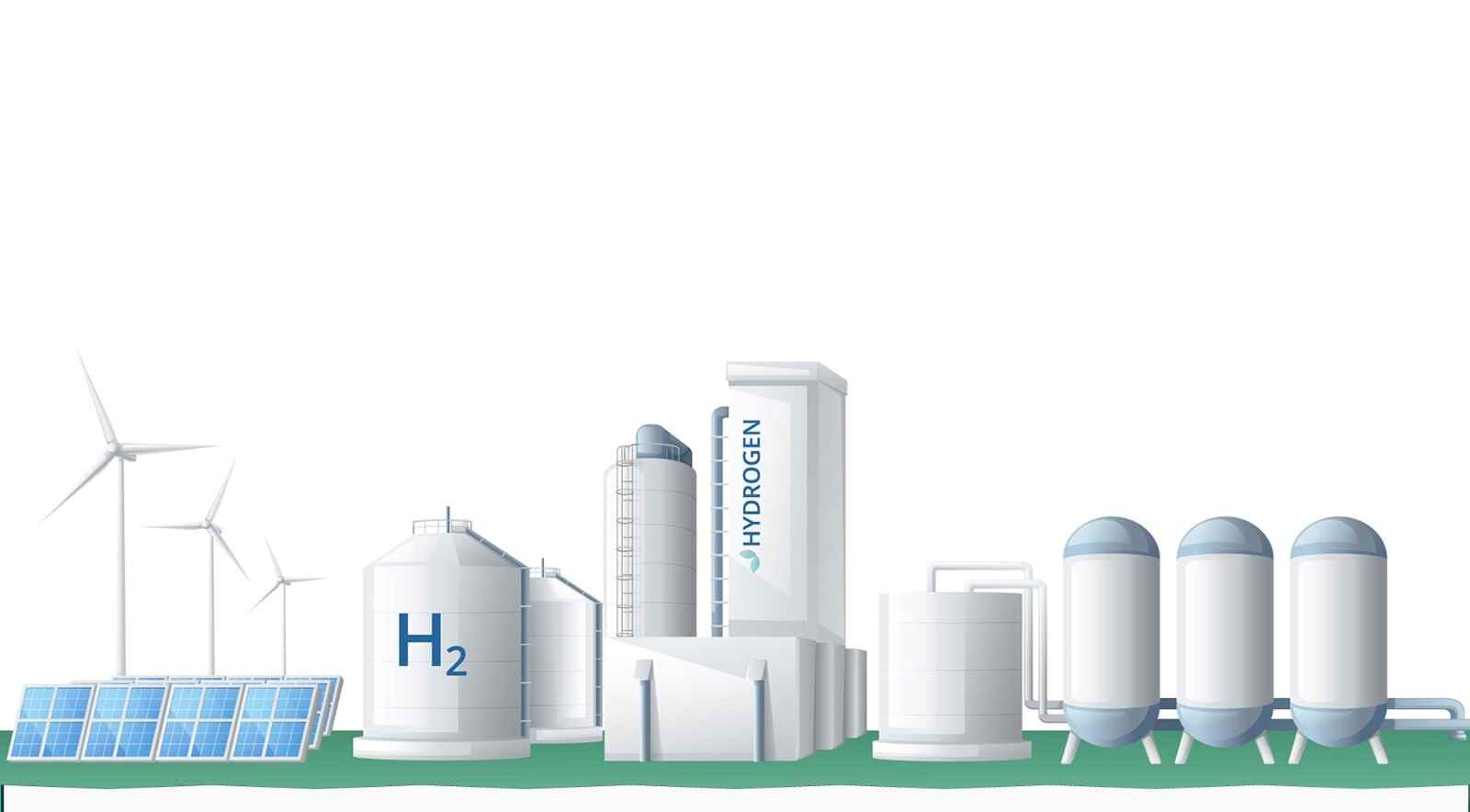

As the quest for the green energy is gaining momentum to defeat the vagaries of climate change due to emission, the Central Government is now mulling to undertake a challenging project under which the green hydrogen will be transported throughout the country through widespread network of pipelines.
In a key development, the Central Electricity Authority (CEA) has partnered state-owned companies like GAIL, IOCL, and NTPC and has started conducting a feasibility study to assess the possibilities and cost efficiency of transporting green hydrogen through pipelines from renewable energy zones to ports.
The objective of transporting H2 through pipelines is to meeting both domestic demand and export needs.
Ghanshyam Prasad, Chairperson of the CEA, emphasized that green hydrogen requires power and can potentially be transported through pipelines. To address the challenge of building extensive transmission lines, the CEA has formed a dedicated team with GAIL, IOCL, NTPC, and others to explore the feasibility of using green hydrogen pipelines as a more cost-effective alternative.
In one pilot study examining the transport of green hydrogen between Rajasthan and Paradip port, the CEA and its team found that pipelines could be a cheaper option compared to transmission lines. Prasad held that there were significant challenges in meeting energy requirements and providing adequate transmission infrastructure.
He stressed the need for viable distribution systems that can absorb and optimize renewable energy, ensuring green power reaches these areas efficiently.
Currently, green hydrogen is converted into green ammonia for transportation but challenges still persist. In March, the Petroleum and Natural Gas Regulatory Board (PNGRB) announced it was exploring methods to blend hydrogen with natural gas and transport green hydrogen through natural gas pipelines. Out of the 33,000 km of natural gas transmission pipelines authorized, 24,000 km is operational.
To meet the target of 500 GW of non-fossil fuel capacity by 2030, the CEA has developed resource adequacy plans for all discoms.
Reliance Industries Ltd (RIL) Chairman Mukesh Ambani has announced a massive ₹75,000 crore investment in…
Green-energy heavy-duty truck maker Blue Energy Motors has reached a remarkable milestone by surpassing 50…
India is on track to exceed its Nationally Determined Contribution (NDC) target of reducing the…
Raj Process Equipments and Systems Pvt Ltd, a Pune-based technology innovator and engineering conglomerate, is…
Europe’s renewable energy sector faces a potential slowdown, burdened by grid saturation, permitting delays, and…
Hexa Climate has announced the launch of a pioneering afforestation project in Purulia, West Bengal.…